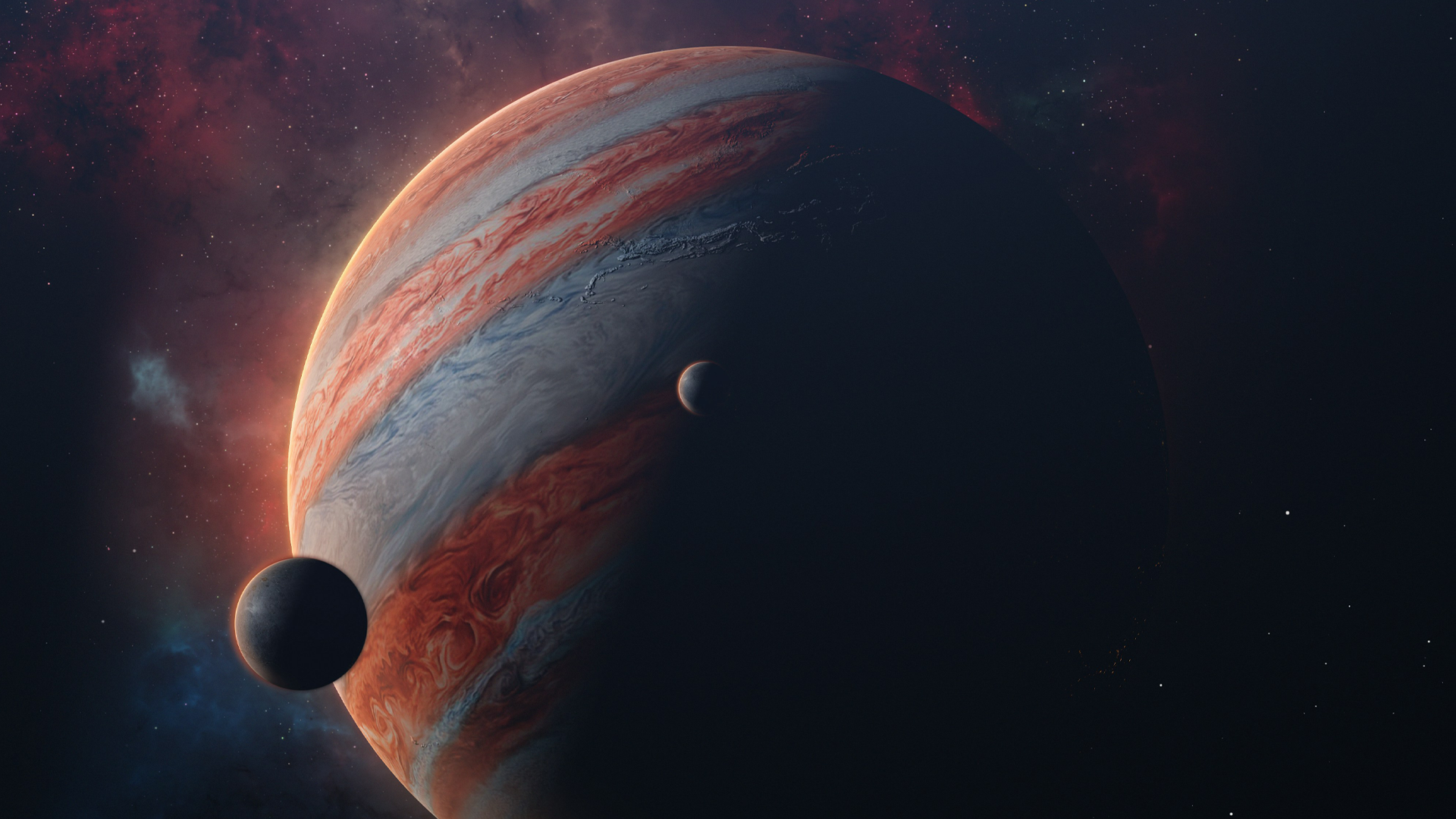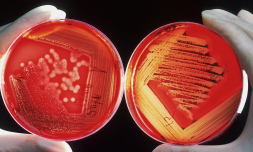Scientists are tentatively excited about new evidence that may hint at life on another planet, after discovering molecules that are normally only produced by organisms on Earth.
A large planet called K2-18 b that sits 124 light years from Earth has shown the strongest evidence yet that life may exist beyond our own solar system, at least according to astronomers.
The James Webb space telescope recently observed chemical fingerprints of two compounds in K2-18 b’s atmosphere. They are only known to be produced by single organisms, at least on our own planet.
In other words, they could indicate that life may be present.
The two chemicals, dimethyl sulfide (DMS) and dimethyl disulfide (DMDS), do not definitively prove that alien biological activity is real. However, their presence is an exciting step forward.
The observation was conducted by astrophysicists at the University of Cambridge. Speaking to The Guardian, leading scientist Prof Nikku Madhusudhan said that this is the ‘strongest evidence to date for biological activity beyond the solar system.’
Despite all the buzz, the team are still approaching the discovery with caution. ‘We have to question ourselves both on whether the signal is real and what it means,’ said Nikku.
What about the specifics of K2-18 b? The planet is nearly three times larger than Earth, orbiting in the habitable zone of its star, which is a cool red dwarf that is less than half the size of the sun.
Water vapour was seemingly discovered in its atmosphere in 2019, before this was debunked in 2023 as methane.




















